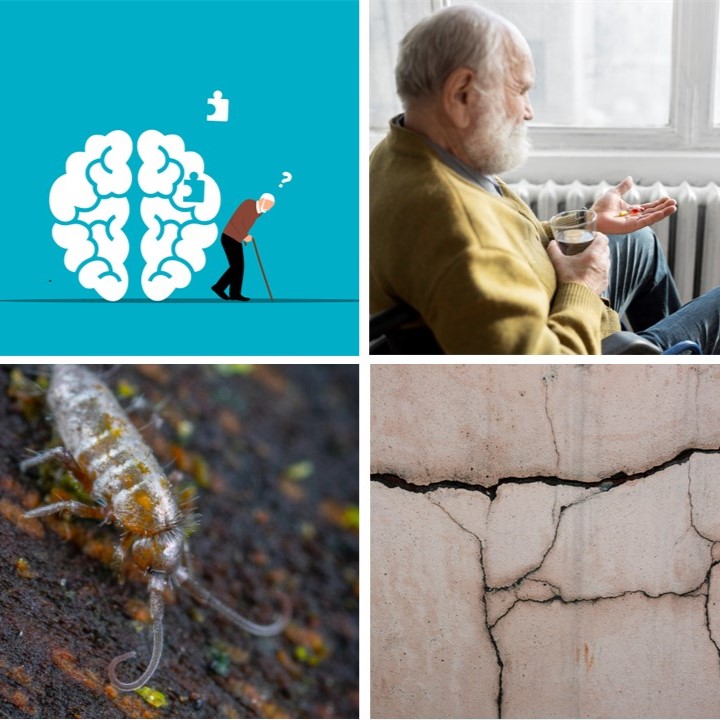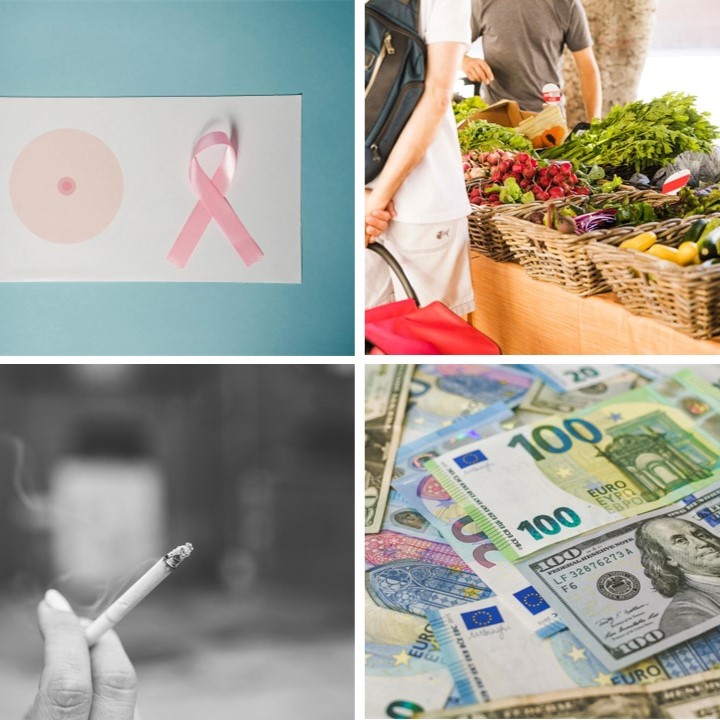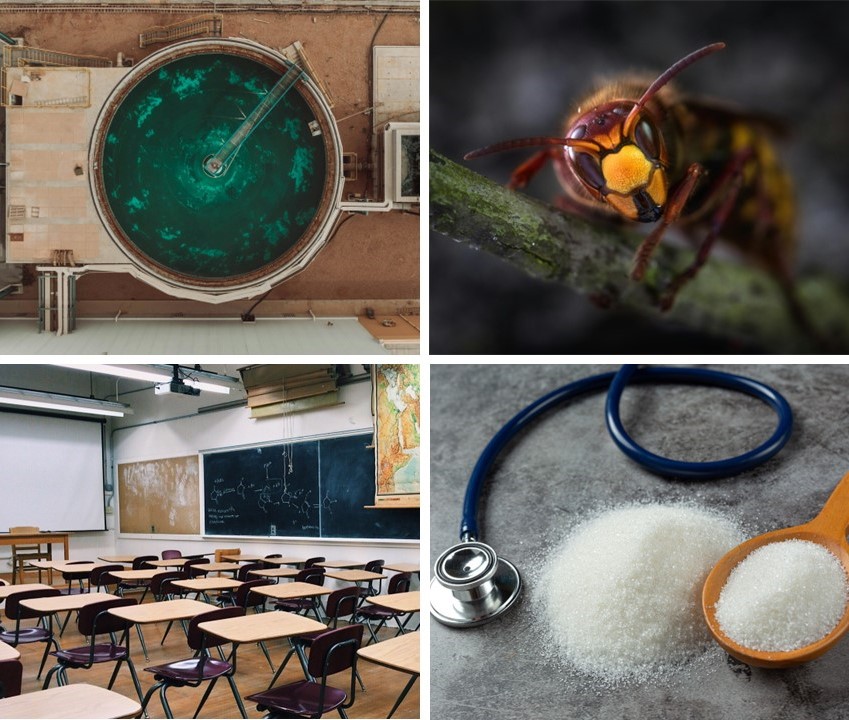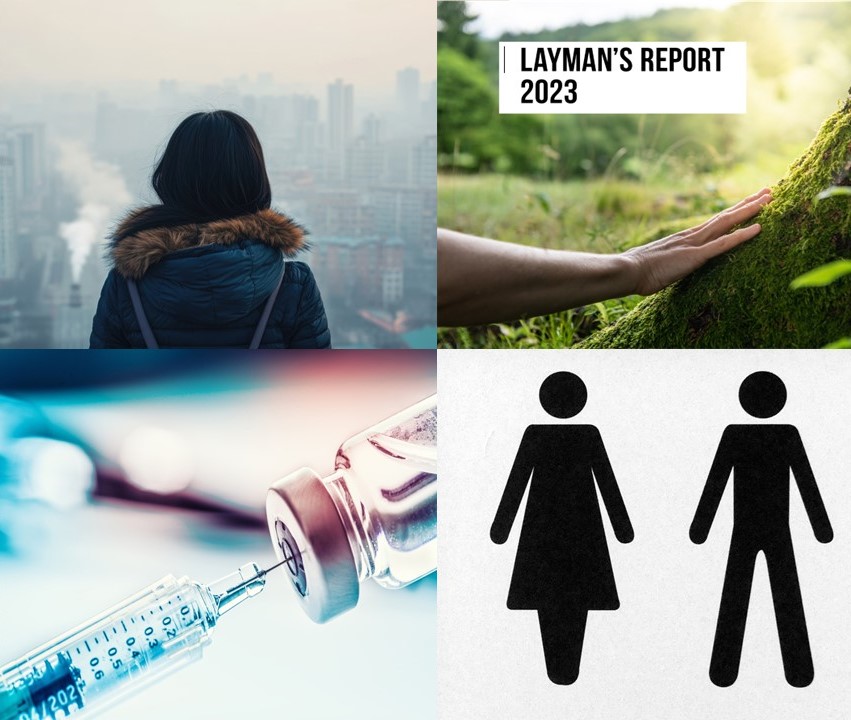New innovative and sustainable projects for the Greater Region
21 February 2021
Luxembourg takes part in three new Interreg Europe projects which tackle regional challenges in the construction, manufacturing and water sectors. The projects are carried out with several stakeholders from the Greater Region.
The University of Luxembourg endeavours to support and engage in research that contributes to sustainable development and has made transition to sustainable development one of its strategic pillars.

CO2REDRES: reducing CO2 emissions in the building sector
The production of cement clinker, the main component of cement, is accompanied by significant CO2 emissions. The use of supplementary cementitious materials to partially replace the clinker can reduce the negative impact of cement production on the environment. Currently, the main SCMs used in the cement industry are granulated blast furnace slag, a by-product of steel and cast-iron production, and fly ash from coal combustion in power plants.
The availability of these materials is expected to decrease soon in the Greater Region. The fact is that blast furnaces are gradually being replaced by electric arc furnaces, and the amount of waste in ferrous metallurgy is decreasing due to the increasing use of scrap metal as a raw material. Thus, there is a need to search for alternative additional cementitious materials. The goal of CO2REDRES “Treatment of secondary raw materials for the reduction of CO2 emissions in the construction industry” is to find substitutes and further contribute to the reduction of CO2 emissions. This is a 2-year project, involving 18 partners with a budget of 1.25 million euros.
“We will identify unexplored raw materials, test new material additions that can be incorporated in cements, study the possible reduction in CO2 emissions as compared to traditional cement production and evaluate potential new products”, explains Prof. Danièle Waldmann, head of the laboratory of solid structures at the University of Luxembourg. “In addition, for the first time the University of Luxembourg is the coordinator of an Interreg project which demonstrates our willingness to innovate in the building sector”, continues Prof. Waldmann.
ComPrintMetal3D: popularisation of metal 3D printing
3D metal printing is an additive manufacturing process that produces physical metallic objects from a computer model. Additive manufacturing technologies can fabricate parts without shaping tools. Nowadays, 3D metal printing creates numerous opportunities, making many designs and processes possible. It allows engineers to create quickly functional parts like personalised medical implants, spare parts and non-standard elements used for instance in sports.
The 3D printing method has been rapidly developing. Currently, there is a need to present material properties of printed parts and current 3D printing methods that are affordable for small and medium enterprises (SMEs). Thus, the project ComPrintMetal3D “Comparison of different 3D metal printing processes depending on the application” will evaluate 3D metal printing technologies and provide SMEs in the Greater Region with the latest knowledge. SMEs will be able to decide on the most efficient additive manufacturing methods and support the creation of new competitive products, ultimately strengthening their position on the market. The project gathers 16 partners with a total budget of 1.17 million euros for 2020-2022.
“First, we will survey the various existing technologies and compare them with one other. We will then choose some parts and illustrate their applications through design optimisation, manufacturing processes, and material analyses. The investigation will use a real case study on a medical implant, bicycle parts, and assembly line elements. A step-by-step guide on using existing 3D printing technologies will be provided and distributed to help companies make future decisions, increasing their competitiveness in the market. The project’s outcomes will be available for free to the public”, says Prof. Slawomir Kedziora, professor in mechanical engineering and design at the University of Luxembourg.
CoMinGreat: reducing water pollutants
Following the success of the Interreg project Emisûre (2017-2020), which enabled to test nature-oriented technologies based on constructed wetlands, elaborate different scenarios and develop a masterplan for the Greater Region, the project CoMinGreat “Setting up a platform dedicated to micropollutants for the Greater Region” was initiated by 17 partners with a total budget of 1.95 million euros for 2020-2022.
The project aims at building a competence centre on micropollutants that will centralise the knowledge and the main actors of the Greater Region. An internet-based micropollutant platform as a knowledge database for political decision-makers will be created. It will inform about ongoing projects and work from research as well as from practice. In addition, an information and demonstration centre will open at the Bliesen sewage treatment plant in Saarland.
“The general public will be informed about the basic process for the elimination of micro-pollutants and receive advice on how to reduce pollutants in household or business. In parallel, a mobile pilot plant will be set up at the Bliesen wastewater treatment plant to test common as well as innovative process technologies”, comments Prof. Joachim Hansen, professor of urban water management at the University of Luxembourg.
Interreg Europe is one of the key instruments of the European Union supporting cooperation across borders in different sectors. Interreg projects help bringing the latest research into innovative products and technologies.








